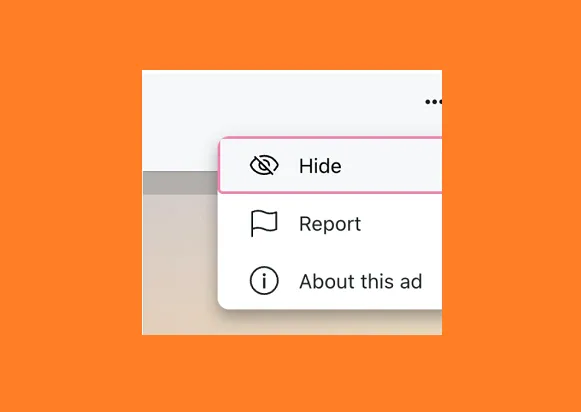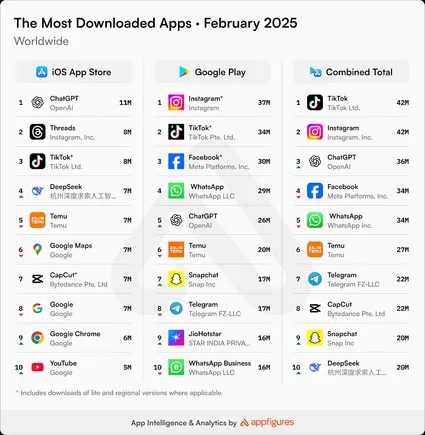As it works to weather the impacts of Apple’s ATT update, which now prompts iOS users to opt-in to data sharing in apps, Meta continues to refine its ad targeting options, in order to maximize performance results in a more privacy-friendly way.
But the fact is, Meta has lost a lot of user data, which has made its ads less effective. Meta estimates that it will lose $10 billion in ad spend this year alone as a result of the iOS update, and while it can still generate good results for many brands, it does require a change in approach, both from brands and Meta itself, to realign their strategy.
Most brands are simply not getting the same bang for their buck as they once were, which is why Meta has published a new guide to help brands realign with the latest changes, and get their ad performance back on track.
As explained by Meta:
“Over the last year, we recognize that it has become harder for businesses to personalize campaigns and to understand and improve campaign performance – but we are committed to helping you boost performance while also respecting customer privacy choices.”
The new guide outlines four key points of focus for advertisers, across 21 pages. You can download the full Meta ‘Foundations of Performance’ guide here, but in this post, we’ll take a look at some of the highlights.
First off, Meta recommends that advertisers utilize its Conversions API, which enables brands to use their own marketing data for improved retargeting and measurement.

As displayed in this diagram, the Conversions API lets advertisers plug their customer information directly into Meta’s system. That alleviates the need to rely on the data that Meta itself can (or more effectively can’t) collect, which can help to mitigate the impacts of ATT on your ad targeting.
Though that’s still a lot more limited than what Meta was once able to provide, via its vast data collection process, across billions of users. But with Apple’s iOS changes restricting that data stream, utilizing your own user data as a proxy can be a good way to find lookalike users, and people who may be interested in your products, based on the available data points.

Meta says that advertisers who’ve adopted both the Meta Pixel and the Conversions API have seen an 8% CPA improvement, on average.
Meta also suggests that advertisers put more trust in its recommendation and display system, via Conversion Optimization.
“Optimizing your campaigns for conversions can help drive lower cost per purchase (compared to link click optimization) and provide better data regarding actions taken on a website, which are a stronger indicator of consumer interest and relevance than clicks on ads.”
In other words, Conversion Optimization enables Meta to gather more insight based on actions taken on-platform – because it can’t track website activity in the same way. Optimizing for conversion means that it can use that intent data more effectively, which can then help to improve results.
Meta also recommends that advertisers show their ads across six or more placements.

More placements means more brand awareness, so it’s not overly surprising to see that this generally leads to better results. Though it does also add more cost, which is another element to consider here.
In addition, Meta also suggests that advertisers test out new formats for their creative (including, of course, Reels, which has become its key element of focus, in line with usage trends), while regularly refreshing your creative elements can also help to avoid ad fatigue.
Which Meta also provides recommendations on in Ads Manager:

Meta also suggests that advertisers simplify their campaign structure, and broaden their targeting:

“Rather than setting up multiple campaigns targeting different layered audiences, pare down to one campaign with a broad reach.”
Again, this puts a level of reliance on Meta’s systems to display your ads to the right audience, but many advertisers have found that its machine learning systems have improved a lot in this regard, and can generally provide good results.
There are some good notes here, worth consideration in your approach – and if you are seeing the results of your Meta ad campaigns tail off, it’s worth taking a moment to re-assess, in line with these recommended best practices.
You can download Meta’s ‘Foundations of Performance’ guide here.








































































